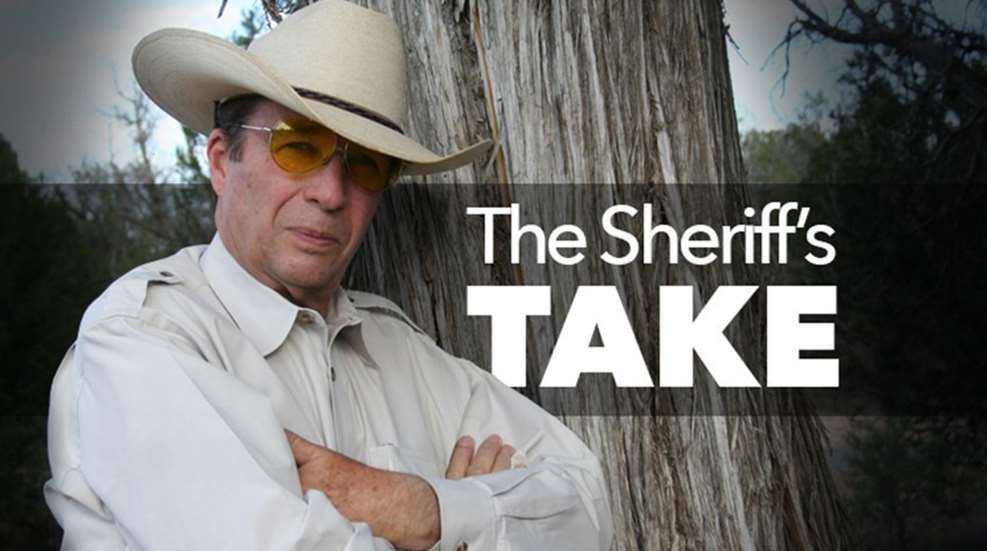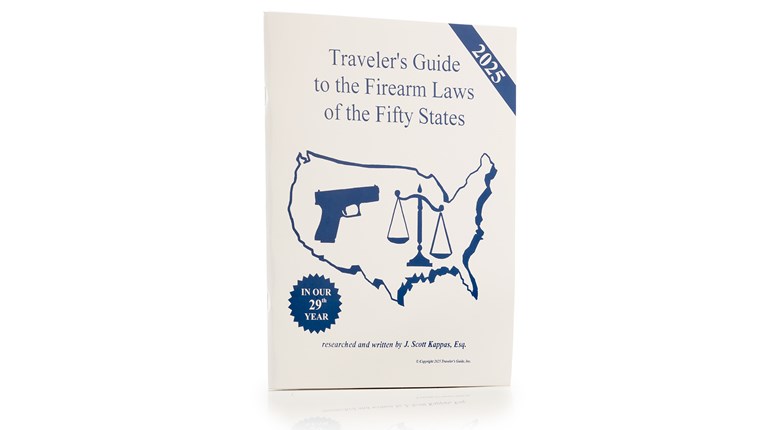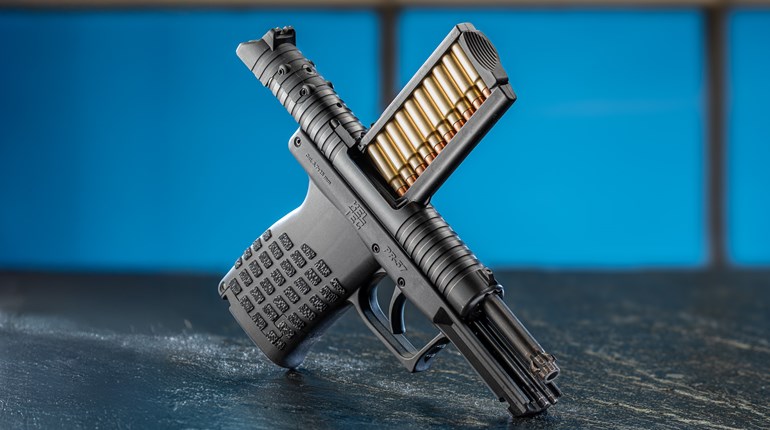
As someone who started out during the era when revolvers were king, you are probably not the least bit surprised that I am tickled to see so many companies again producing double-action revolvers that are suitable for personal defense. They are not the answer for everyone’s defensive needs by any means, but they are about as reliable and accurate as any firearm can be. Many people find that it is easy to remember how they function and operate, an important consideration when your focus is going to be on the threat.
But, like any defensive handgun, the double-action revolver has a manual-of-arms that the shooter must learn in order to be proficient. It is especially important to learn a fast, efficient reloading technique, since many suitable defensive revolvers only hold five or six cartridges.
I have heard it said that the double-action revolver is easy to learn to shoot but difficult to learn to shoot well. I agree completely. The culprit is the long, double-action trigger pull. It takes a lot of practice to run a double-action trigger and still keep the sights on target. Successful revolver shooters shoot a lot and also do quite a bit of dry practice. Managing the double-action trigger can certainly be learned, but a person has to work at it just a bit.
For this reason, it is also a great idea to have a professional pistolsmith smooth up the gun’s action. A qualified craftsman can often reduce a double-action trigger pull by several pounds while still maintaining reliability. At the same time, it is a good idea to have the pistolsmith bob the spur off of the external hammer if your particular gun has one. Cocking a revolver during a tense encounter is not a good idea.
Imagine this scenario–you are confronted by an unknown man on the street who is approaching you, making threats with both hands jammed in the pockets of his jacket. You command him–and rightfully so–to stop and take his hands out where you can see them. He ignores you and keeps approaching. Now, he's getting into the range where bad things can happen quickly, so you draw your revolver and repeat your commands. He keeps coming and keeps threatening. It is at this point that you might be tempted to cock the hammer of your revolver, whether to emphasize the command to stop or just out of sheer nervousness.
What happens, though, if at this point that the punk jumps you and makes a physical attack? Now, you are in the middle of a fistfight with a cocked revolver in your hands. The potential for a negligent discharge is very high.
Double-action revolvers certainly have a place in personal defense. But like any defensive tool, it is important to get good training in the proper use of that tool. Fortunately, a number of defensive trainers offer classes for revolver shooters. Ask around and find a class. When you learn to operate it safely and efficiently, the double-action revolver is a defensive tool that won’t let you down.





































